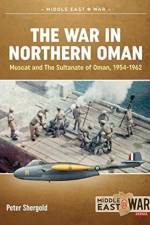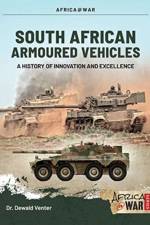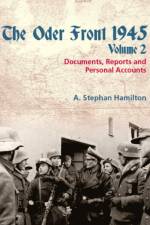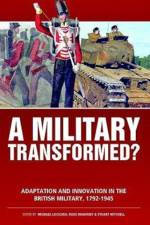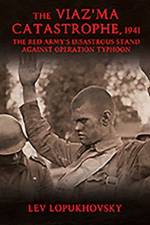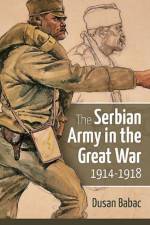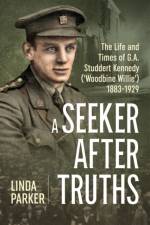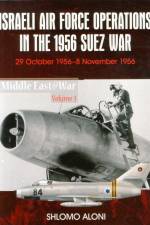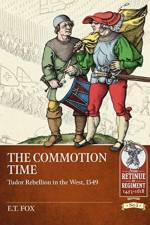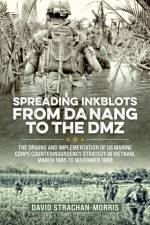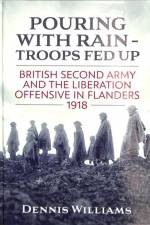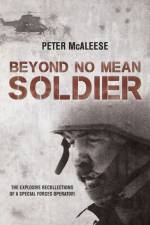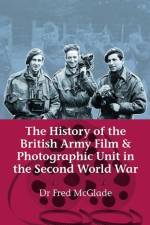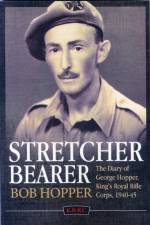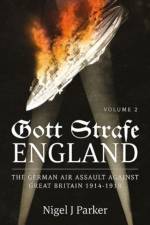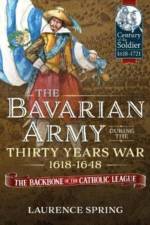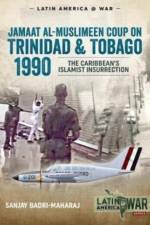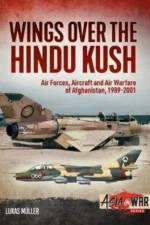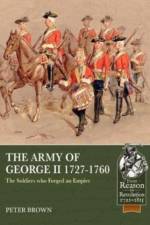av James Gilling
367
This book comprises a new edition of the memoirs of a private soldier, James Gilling, originally published in 1855. Gilling served in the Ninth Lancers of the British army, and he gives a well-written, frank, and lively account of his time in India from 1843 to 1850, during which time he took part in both Anglo-Sikh Wars. It is the only published memoir written from the ranks of a lancer regiment at this period, and includes many outspoken opinions about army life, the conduct of war in India, and his fellow soldiers of all ranks. Original copies of this book are extremely rare; none have been traced in the major British and US libraries. The text has been transcribed from a photocopy in the National Army Museum London, UK. The memoir is an unusually frank and detailed account of the life of a cavalry soldier in India, with stories of incidents and individuals, alternating with the author's experiences in the fierce struggle against the well-trained armies of the Sikh nation. Gilling by his own admission was no hero, but just an ordinary soldier who got into scrapes and didn't enjoy soldiering very much, but did his duty when required. In 1850 he purchased his discharge from the army, and emigrated to the United States of America, where he settled in Lyons City, Iowa, and took up his old trade as a hairdresser. He died in 1861. However, this is not merely a reprint of a rare nineteenth century memoir. The author, a specialist on the British cavalry of the early nineteenth century, has written a full introduction on the life in the cavalry at this period, including the careers of the many officers and comrades mentioned by Gilling. This introduction is drawn from extensive research in primary archives at the British Library, National Archives, and regimental archives, as well as contemporary published and unpublished journals. The work is fully annotated, and includes an extensive list of sources. It therefore provides new depth and perspective on the life of those who formed the ranks of the mounted arm of the British army. This book will appeal to the many people with an amateur but often very knowledgeable interest in the history of the British army, as well as to all those with a more specialist interest in the history of the British army, including university staff and students and special-interest groups and societies. The book will have a particular appeal for those Sikhs worldwide who have an interest in the military heritage of their community, as well as to family historians with ancestors who served in the British army in India.

